10 Factors for Choosing The Right Dentist Website Design Company
Here are 10 factors to consider when determining the right dentist website design company for you.
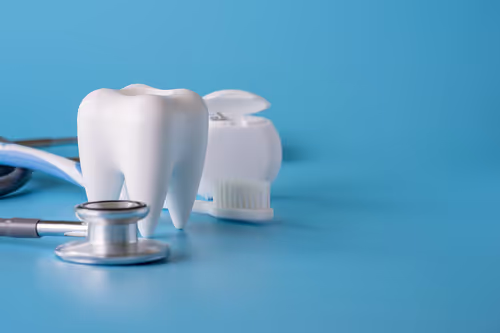
Dentistry and marketing. Two words that if you heard spoken in the same sentence 20 years ago, you probably would’ve thought it was some sort of joke.
These days, those two words coexist and are an essential part of running a modern-day dental practice.
I know what you’re thinking, “You have my attention…but prove it.”
Well, nearly 80% of patients use search engines to find their next healthcare provider.
What happens to be the most important aspect of modern-day marketing? If you asked anyone off the street that question, their answer would most likely be social media. However, it’s search engine optimization (SEO).
Don’t worry, I have another statistic to prove the statement that I just made. SEO is responsible for 1,000%+ more traffic than organic social media.
Whoa.
But just how big of an opportunity are we talking about here? To put it simply, if you put effort in SEO for your dental practice you could reap the benefits of at least a 1,000% increase in your practice’s website traffic.
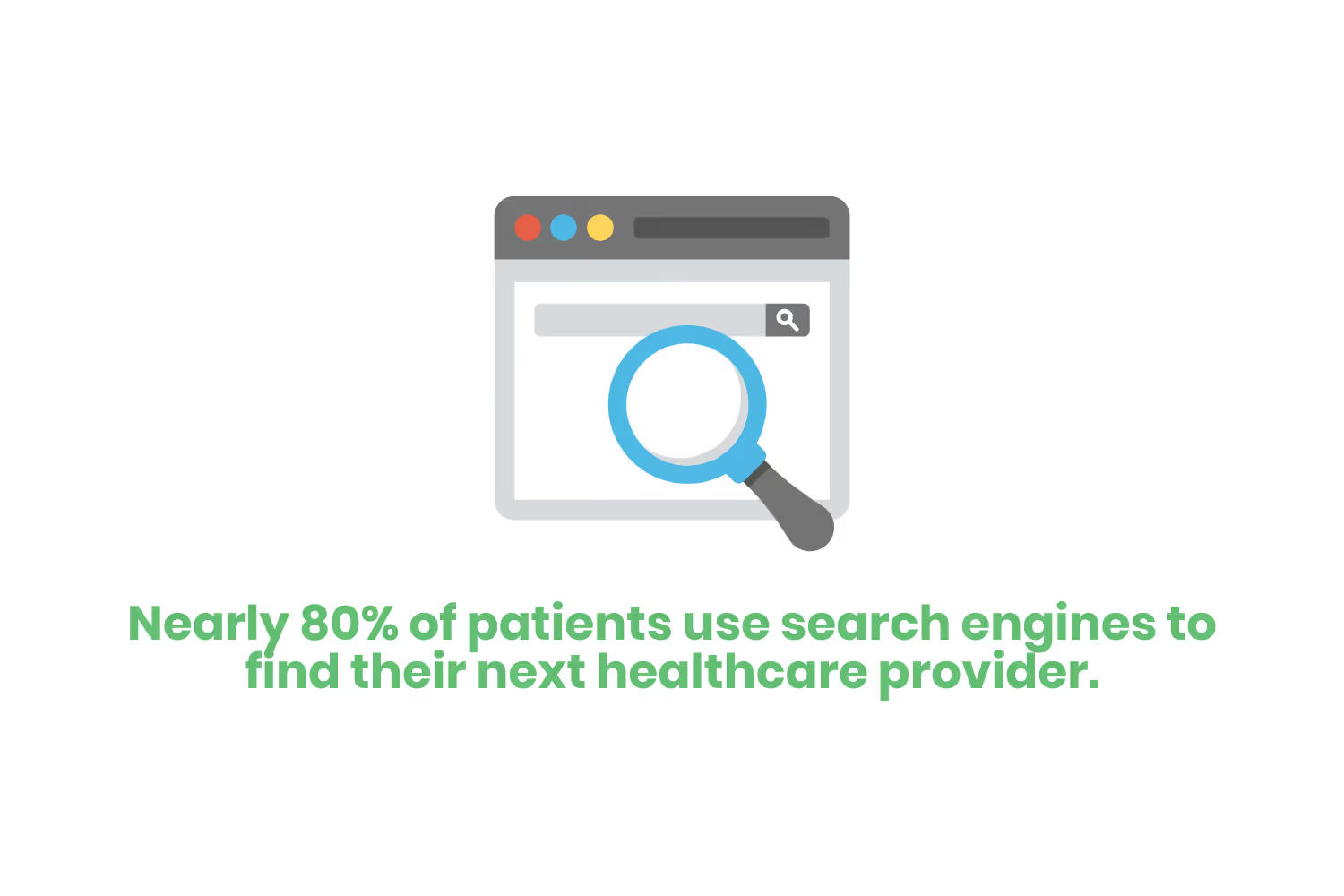
That’s fantastic, but let’s be realistic here. Not all of the traffic that your website drives will equate to more patients through your doors. I would be naive if I told you that.
So, let’s break down some numbers here to understand what kind of benefit your practice would receive with more website traffic.
Your “conversion rate” is the rate at which your website’s traffic converts to patients. The global conversion rate for websites is between 2% and 5%. That sounds small, but let’s compare it to the statistic from earlier that spoke about the benefits of SEO.
Let’s say you just started a dental practice, created a website and implemented solid SEO tactics to begin getting traffic. Eventually (based on the statistic from earlier), your SEO strategies get your website to 1,000 monthly visitors. 1,000 monthly visitors at a 2% conversion rate is 20 new patients per month. Pretty solid deal!
SEO is great (and I’ve probably gone into greater detail than I needed to), but your dentistry marketing journey doesn’t start there.
You can’t reap the benefits of SEO without having a modern-looking and optimized website. And since you’re reading this blog post, you’re most likely considering outsourcing this task to a dentist website design company.
So, what should you look for? Here are 10 factors to consider when determining the right dentist website design company for you.
Factor #1: HIPAA Compliance
By far, the most important factor to keep in mind when determining what dentist website design company you should consider is if they create HIPAA-compliant websites.
Dentistry is under a unique microscope because of the sensitive patient data that they work with daily. As such, they (along with all other healthcare organizations) need to ensure that they operate their practice in a HIPAA-compliant manner.
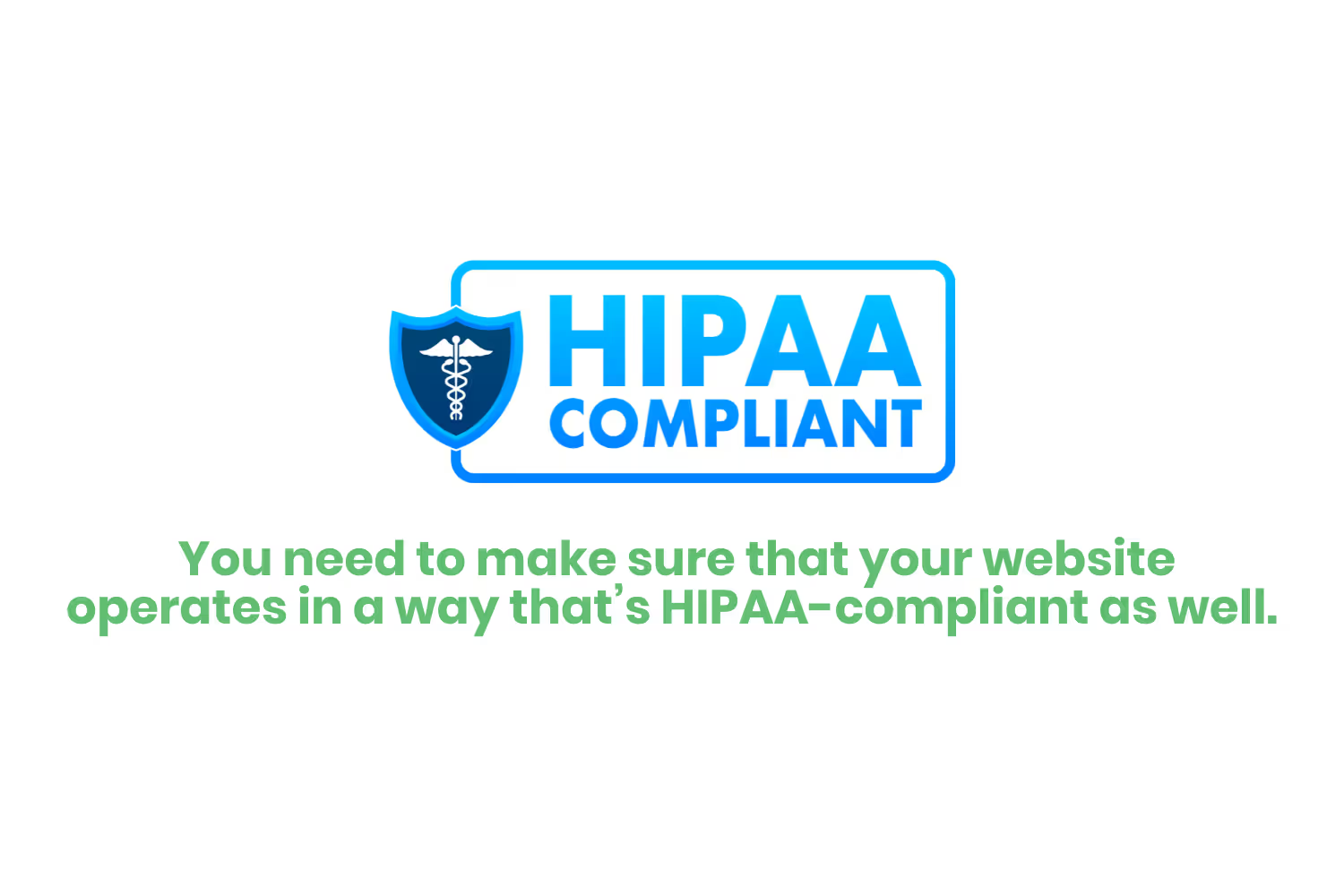
HIPAA’s requirements extend beyond making sure you train your team on its requirements annually, though. You also need to make sure that your website operates in a way that’s HIPAA-compliant as well.
This means that when you’re choosing a website design company, you need to ensure that they understand what’s required for you to have a HIPAA-compliant website. If you mention HIPAA or a business associate agreement (BAA) and the company you’re evaluating doesn’t know what you’re talking about, it's probably best that you don’t choose them.
Factor #2: ADA Compliance
I know what you’re thinking, “Oh, great. Another compliance requirement that I need to worry about.”
I understand your frustration and you’re probably familiar with what ADA compliance means. Odds are (I hope) your practice’s office is ADA compliant to adhere to necessary accommodation requirements.
However, I’m willing to bet that you haven’t heard about ADA compliance from a website perspective. If you have, you’ve just won some brownie points with me and you’re likely in the minority with that knowledge.
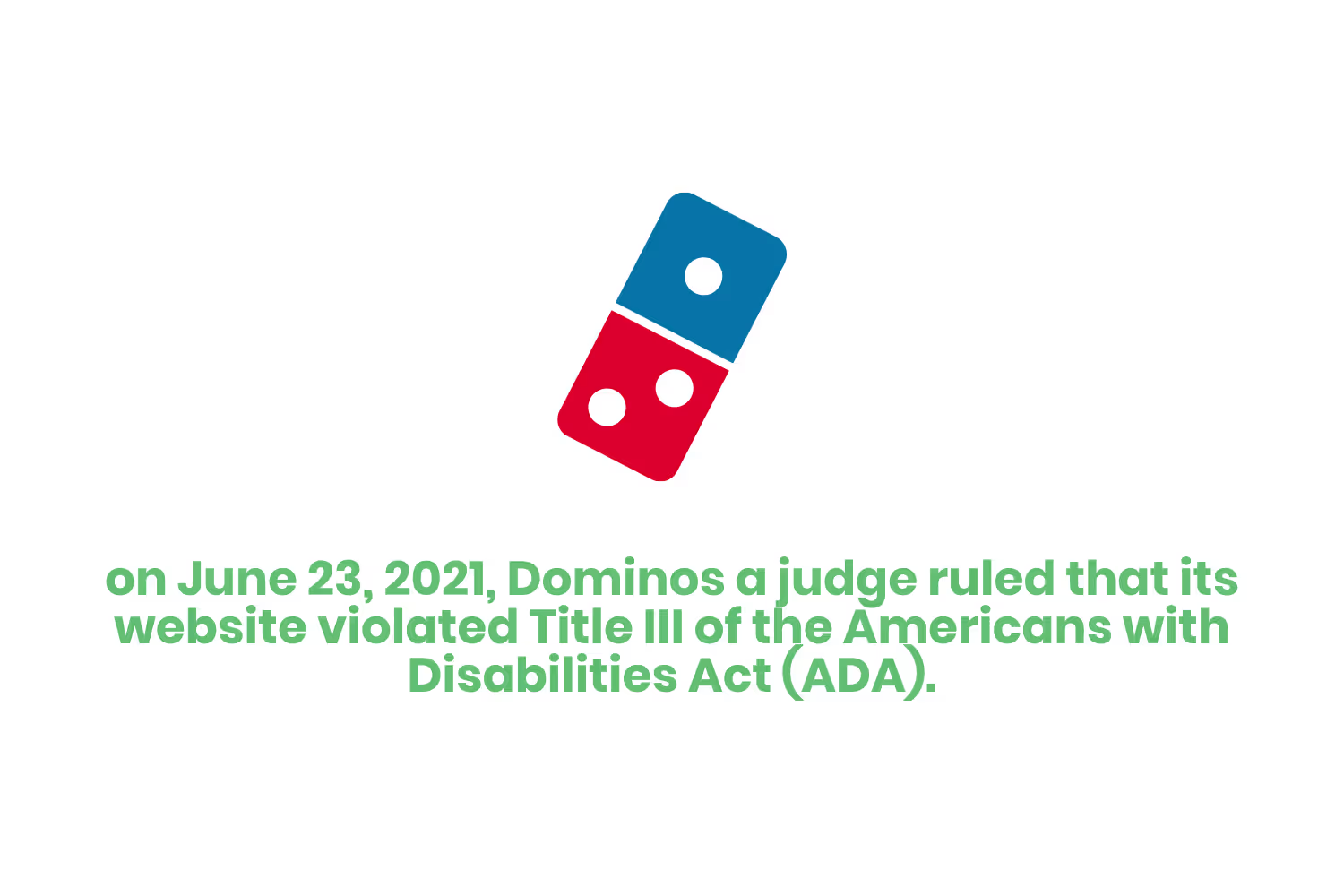
You see, back on June 23, 2021, Dominos (yes, the pizza place) a judge ruled that its website violated Title III of the Americans with Disabilities Act (ADA). The plaintiff, who was blind, alleged that his screen reader software couldn’t easily read Dominos’ website aloud which made it hard for him to utilize it.
The court ruled that Dominos needed to “bring its website into compliance with WCAG 2.0 guidelines.” It also ruled that the plaintiff receives $4,000 per website visit he made before the lawsuit and recovery of his attorney fees.
This was a landmark case in the website design business. Essentially, now your website could also make you susceptible to a lawsuit if it’s not also compliant with WCAG 2.0.
WCAG 2.0 is essentially a series of compliance safeguards for websites to follow to ensure that they’re accessible.
In other words, you NEED to make sure that the dentist website design company you source understands these protections. If they don’t you risk a lawsuit.
Factor #3: Security
I think by now you understand how important it is to ensure that your website meets compliance requirements. Well, the next factor to keep in mind is security.
To put it simply, if your website isn’t secure, people aren’t going to trust it or visit it.
To make matters worse, web browsers ALSO care about the security of your website. Think about it, if a web browser directs its users to websites that steal information that search engine would quickly run out of business.

An example of a warning that a user receives BEFORE entering an unsecured website. Kind of scary, isn’t it? That’s the point.
As you can imagine, having an unsecured website where your users see this warning before entering has a detrimental effect on your website’s traffic. I mean, would you enter a website if you got that warning?
How do you fix it? Secure Sockets Layer (SSL) encryption. SSL encrypts the connection between your website and your website’s visitors. Once implemented, you’ll notice it in two main ways.
First, your site will no longer have that dreadful warning. Second, your website will now start with HTTPS instead of HTTP. A small change, but a massive impact.
Factor #4: Portfolio of Success
Now that we’ve got compliance and data security out of the way, we can focus on what most people would take into consideration first. A portfolio of success and past projects.
Let’s face it, you don’t want to seek the services of a design company that doesn’t have much experience. I mean, everyone has to start somewhere but the ultimate goal of your website is to increase your practice’s patient volume.

That can’t happen if your website looks unprofessional. It only takes 50 milliseconds for your website visitors to formulate a first impression of your practice based on your website.
If your website doesn’t look good because you went with a company that doesn’t have a portfolio of proven success, that first impression isn’t going to be a good one.
Factor #5: Customization
Adobe found that 38% of people will give up on a website if the content/layout is unattractive.
Simply put, how your website looks matters a lot. Yet, it can’t look like any old website theme template (more on that later). It needs to reflect what your organization stands for, its values, mission and brand.

You’re a dentist, we get it. I’m not downplaying your achievements and journey in the healthcare industry. But, what I’m trying to say is that your home page doesn’t HAVE to only have an image of a dental chair or teeth.
Let’s say you’re a dental organization located in Colorado Springs. Why not have an autoplay video in the background on your homepage that shows dentistry tools AND local landscapes like the Garden of the Gods?
Doing something like that will not only reflect your organization’s services but also that it’s a part of the local community.
Factor #6: Integration
If you’re like other dental organizations, you work with a lot of tools to operate your business. You likely have a practice management (PM) system that your staff uses alongside patients.
Not to mention the payment portal you likely prompt your patients to visit to pay their bills.
Integration with those systems makes everything more convenient and streamlined for both your staff and your patients. If you don’t make it easy for your patients to find your payment portal, they’re not going to figure out how to pay you. That hurts your bottom line.
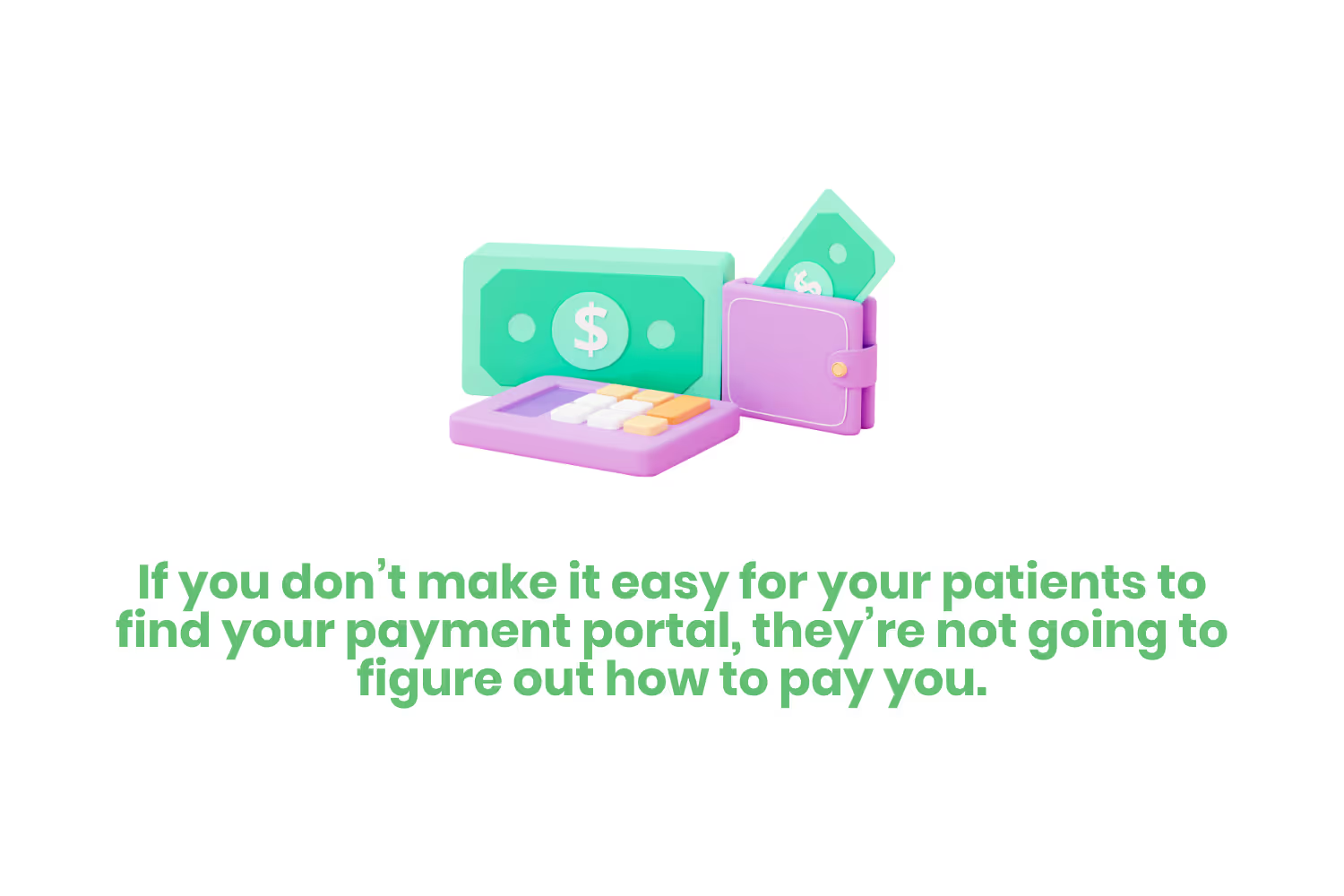
Factor #7: Analytics and Reporting
Once your website is up and running, how do you find out what your monthly website traffic is?
I mean, I went through how important it is to have a lot of visitors on your website from a business opportunity perspective in the introduction of this blog post. We learned that it’s in your best interest to take advantage of driving traffic to your website.
But, you can’t accurately calculate your own website’s conversion rate if your website isn’t set up to report its analytics.

There are tools out there that will keep track of all the “hits” your website receives daily, weekly and monthly basis. The most popular one is Google Analytics and it's super powerful.
The right dentist website design company should not only set this up on your website, but should also walk you through its capabilities.
Factor #8: Industry Experience
You want to choose the design company that’s going to make your company stand out from other local dental practices on the internet.
The best way to do that? Choose a company with a lot of experience in dentistry web design, of course!
But here’s the catch.
The majority of website design companies utilize the same website templates over and over across multiple clients.
Let’s look at an example.

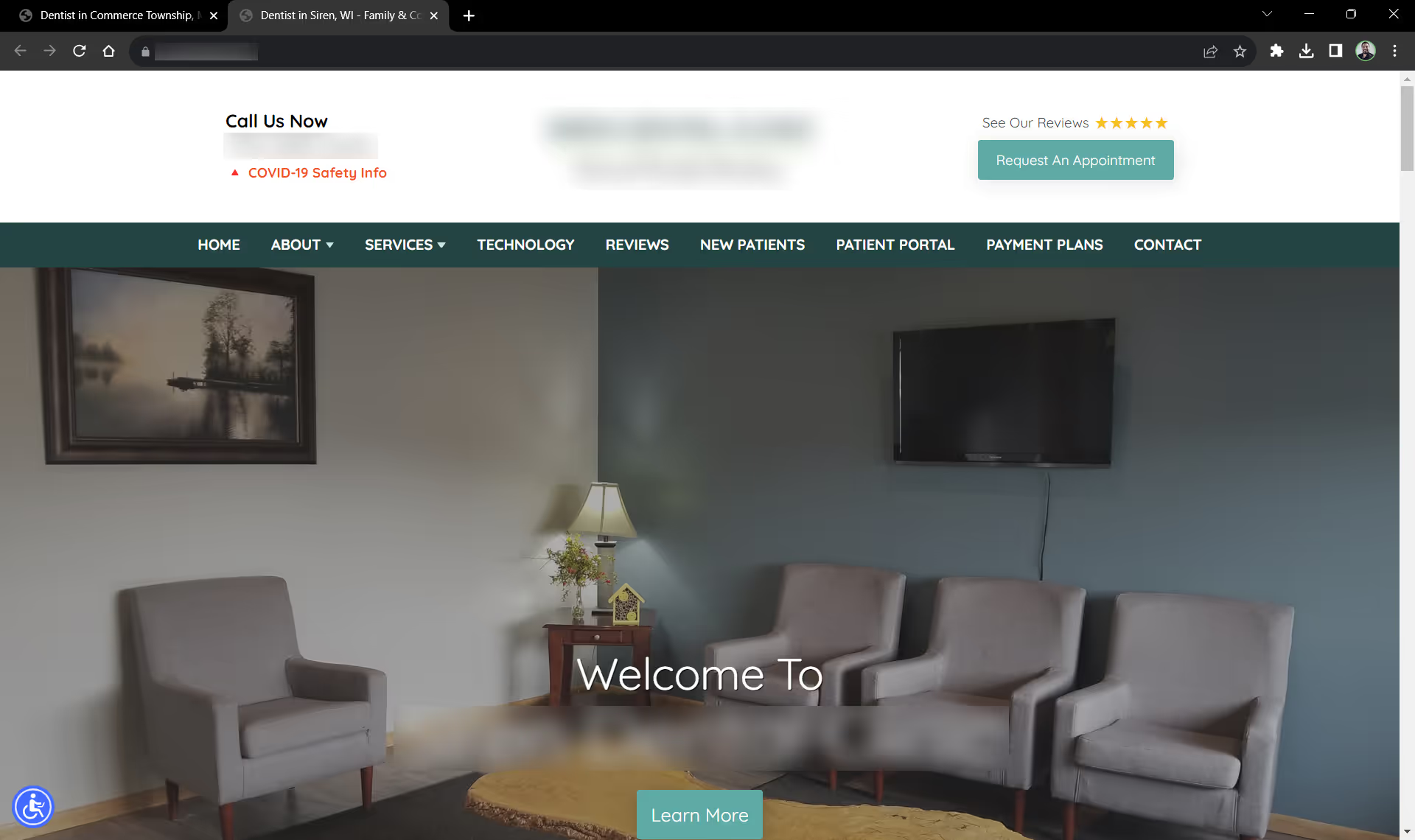
The two images above are of two different dentist practices. Yet, other than the domain, logos and main pictures on their home pages…you really can’t tell much of a difference, right?
Would it shock you if I told you that both of these websites were designed by the same company? That company also claims to be an expert in dental website design, but sources its designs from the same handful of website theme templates.
The point I’m trying to make in this section is that there are thousands of different dental website design companies out there, but choosing the right one is paramount. You don’t want to end up with an identical website as another dental practice…even if it is in a different state.
Factor #9: Mobile-Friendliness
70% of web traffic comes from mobile devices. That’s a pretty impressive statistic considering smartphones are still a relatively new piece of technology.
It’s true, computers have been around for a lot longer than smartphones. Yet, smartphones brought so much innovation to the palm of our hands that their usage has dethroned traditional laptops and desktops.
But I digress. The point I’m trying to make is that your website NEEDS to be mobile-friendly. If it’s not, you’re abandoning 70% of the entire web’s traffic. That’s not going to bode well for your organization’s growth.

The image above is an example of a healthcare website that doesn’t consider mobile-friendliness design aspects.
If you were to visit this website (we’ve blurred out who it is to protect the organization) on your phone, you wouldn’t be able to read the organization’s mission statement. That frog should automatically scale based on what kind of device the web visitor uses.
Factor #10: Transparent Pricing & Contract
It’s no secret that organizations that work with website design firms and/or marketing firms have a lot of power. After all, you’re putting them in charge of how your current and potential clients view your organization.
Thus, it’s important that you clearly understand the contract that you’re signing up for. The last thing you want to have happen is that you get caught in a contract that has unclear pricing and/or term length.
Find a dentist website design company that truly has the growth of your practice in mind.
Conclusion
As you can see, there are a ton of important factors to keep in mind when evaluating dentist website design companies. And there should be.
I alluded to this point I’m about to make in the previous section about pricing, but it deserves reiteration. Your website is one of the most important aspects of your practice. The statistics I provided during the introduction of this blog prove that patients are actively seeking their next dentist on the internet.
Not only does that mean you need to have a website, but it also emphasizes the importance of choosing the right dental website design company. You’re entrusting that organization with nailing your current and future patient’s first impressions.
Etactics provides website designing services to dentist organizations. We achieve every important factor listed in this blog post to set your practice up for real, trackable growth.
Emphasize your product's unique features or benefits to differentiate it from competitors
In nec dictum adipiscing pharetra enim etiam scelerisque dolor purus ipsum egestas cursus vulputate arcu egestas ut eu sed mollis consectetur mattis pharetra curabitur et maecenas in mattis fames consectetur ipsum quis risus mauris aliquam ornare nisl purus at ipsum nulla accumsan consectetur vestibulum suspendisse aliquam condimentum scelerisque lacinia pellentesque vestibulum condimentum turpis ligula pharetra dictum sapien facilisis sapien at sagittis et cursus congue.
- Pharetra curabitur et maecenas in mattis fames consectetur ipsum quis risus.
- Justo urna nisi auctor consequat consectetur dolor lectus blandit.
- Eget egestas volutpat lacinia vestibulum vitae mattis hendrerit.
- Ornare elit odio tellus orci bibendum dictum id sem congue enim amet diam.
Incorporate statistics or specific numbers to highlight the effectiveness or popularity of your offering
Convallis pellentesque ullamcorper sapien sed tristique fermentum proin amet quam tincidunt feugiat vitae neque quisque odio ut pellentesque ac mauris eget lectus. Pretium arcu turpis lacus sapien sit at eu sapien duis magna nunc nibh nam non ut nibh ultrices ultrices elementum egestas enim nisl sed cursus pellentesque sit dignissim enim euismod sit et convallis sed pelis viverra quam at nisl sit pharetra enim nisl nec vestibulum posuere in volutpat sed blandit neque risus.

Use time-sensitive language to encourage immediate action, such as "Limited Time Offer
Feugiat vitae neque quisque odio ut pellentesque ac mauris eget lectus. Pretium arcu turpis lacus sapien sit at eu sapien duis magna nunc nibh nam non ut nibh ultrices ultrices elementum egestas enim nisl sed cursus pellentesque sit dignissim enim euismod sit et convallis sed pelis viverra quam at nisl sit pharetra enim nisl nec vestibulum posuere in volutpat sed blandit neque risus.
- Pharetra curabitur et maecenas in mattis fames consectetur ipsum quis risus.
- Justo urna nisi auctor consequat consectetur dolor lectus blandit.
- Eget egestas volutpat lacinia vestibulum vitae mattis hendrerit.
- Ornare elit odio tellus orci bibendum dictum id sem congue enim amet diam.
Address customer pain points directly by showing how your product solves their problems
Feugiat vitae neque quisque odio ut pellentesque ac mauris eget lectus. Pretium arcu turpis lacus sapien sit at eu sapien duis magna nunc nibh nam non ut nibh ultrices ultrices elementum egestas enim nisl sed cursus pellentesque sit dignissim enim euismod sit et convallis sed pelis viverra quam at nisl sit pharetra enim nisl nec vestibulum posuere in volutpat sed blandit neque risus.
Vel etiam vel amet aenean eget in habitasse nunc duis tellus sem turpis risus aliquam ac volutpat tellus eu faucibus ullamcorper.
Tailor titles to your ideal customer segment using phrases like "Designed for Busy Professionals
Sed pretium id nibh id sit felis vitae volutpat volutpat adipiscing at sodales neque lectus mi phasellus commodo at elit suspendisse ornare faucibus lectus purus viverra in nec aliquet commodo et sed sed nisi tempor mi pellentesque arcu viverra pretium duis enim vulputate dignissim etiam ultrices vitae neque urna proin nibh diam turpis augue lacus.




